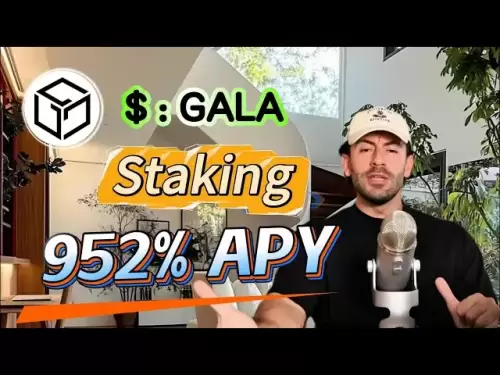-
 Bitcoin
Bitcoin $114500
-0.31% -
 Ethereum
Ethereum $3648
1.11% -
 XRP
XRP $3.033
-0.27% -
 Tether USDt
Tether USDt $0.9999
-0.01% -
 BNB
BNB $758.5
-0.32% -
 Solana
Solana $167.5
1.48% -
 USDC
USDC $0.9998
-0.02% -
 TRON
TRON $0.3331
0.74% -
 Dogecoin
Dogecoin $0.2039
0.25% -
 Cardano
Cardano $0.7419
-0.46% -
 Hyperliquid
Hyperliquid $39.21
2.66% -
 Stellar
Stellar $0.4049
-1.95% -
 Sui
Sui $3.483
-0.56% -
 Bitcoin Cash
Bitcoin Cash $570.8
2.89% -
 Chainlink
Chainlink $16.67
-0.57% -
 Hedera
Hedera $0.2470
-1.57% -
 Ethena USDe
Ethena USDe $1.001
0.00% -
 Avalanche
Avalanche $22.36
1.52% -
 Litecoin
Litecoin $123.4
4.35% -
 UNUS SED LEO
UNUS SED LEO $8.989
0.09% -
 Toncoin
Toncoin $3.324
-2.40% -
 Shiba Inu
Shiba Inu $0.00001219
-1.30% -
 Uniswap
Uniswap $9.811
2.54% -
 Polkadot
Polkadot $3.662
-0.07% -
 Monero
Monero $295.5
-3.85% -
 Dai
Dai $1.000
0.01% -
 Bitget Token
Bitget Token $4.345
0.24% -
 Cronos
Cronos $0.1380
0.95% -
 Pepe
Pepe $0.00001044
-1.14% -
 Ethena
Ethena $0.5981
-4.24%
How to import Stader (SD) coins into wallet
To store and manage your Stader (SD) coins securely, you can select from reputable wallets like MetaMask, Trust Wallet, Ledger Nano X, or Trezor Model T.
Jan 02, 2025 at 01:06 pm
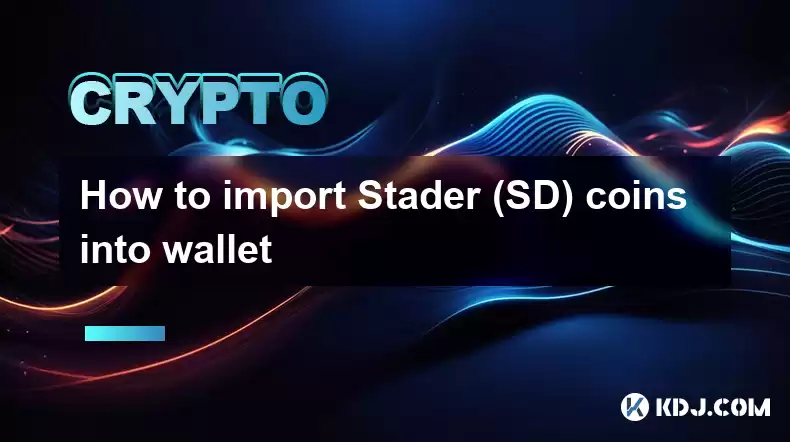
How to Import Stader (SD) Coins into Wallet
Select a Compatible Wallet: Stader (SD) is a cryptocurrency that can be stored in a range of software and hardware wallets. Some recommended options include:
- MetaMask: A popular browser-based wallet with support for multiple cryptocurrencies, including SD.
- Trust Wallet: A mobile wallet with a user-friendly interface and support for a wide range of crypto assets.
- Ledger Nano X: A hardware wallet that provides secure storage for your cryptocurrencies, including SD.
- Trezor Model T: Another hardware wallet known for its high security and ease of use.
- Create a New Wallet: If you don't already have a compatible wallet, you will need to create one. Each wallet has its own instructions for creating a new account, but generally it involves downloading the wallet software or setting up the hardware device and following the on-screen prompts.
- Obtain Your Wallet Address: Once you have created a wallet, you will need to obtain your wallet address. This is a unique string of characters that represents your wallet on the blockchain. You can typically find your wallet address in the "Receive" or "Account" section of your wallet.
- Send SD Coins to Your Wallet Address: Once you have your wallet address, you can send SD coins to it from another wallet or exchange. To do this, simply enter your wallet address into the "Send" or "Withdraw" section of the sending platform and specify the amount of SD you wish to transfer.
- Wait for Confirmation: Once you have initiated the transfer, it will take some time for the transaction to be confirmed on the blockchain. The confirmation time can vary depending on the network congestion and the fees you have paid.
- Verify the Transaction: Once the transaction has been confirmed, you can verify that the SD coins have been received by checking your wallet balance. The SD coins should now be visible in your wallet.
FAQs:
- What is Stader (SD)?
Stader is a decentralized platform for liquid staking of PoS assets. It allows users to stake their assets without locking them up for long periods or running their own node. - How do I stake SD coins?
You can stake SD coins using Stader's platform. This involves depositing your SD coins into a staking pool and earning rewards for participating in the network. - Where can I buy SD coins?
You can buy SD coins on various cryptocurrency exchanges, including Binance, Huobi, and KuCoin. - How do I keep my SD coins safe?
You can keep your SD coins safe by storing them in a hardware wallet like Ledger or Trezor. These wallets provide a secure and offline way to store your cryptocurrencies.
Disclaimer:info@kdj.com
The information provided is not trading advice. kdj.com does not assume any responsibility for any investments made based on the information provided in this article. Cryptocurrencies are highly volatile and it is highly recommended that you invest with caution after thorough research!
If you believe that the content used on this website infringes your copyright, please contact us immediately (info@kdj.com) and we will delete it promptly.
- Metamask, Altcoins, and the Move: Is Cold Wallet the Future?
- 2025-08-06 04:30:12
- BlockDAG, BNB, and SEI: What's Hot and What's Not in the Crypto World
- 2025-08-06 04:50:13
- Cryptos Under $1 Primed for a Bull Run: Which Will Explode?
- 2025-08-06 05:30:12
- Coinbase (COIN) Stock Trading Lower: Navigating the Crypto Equity Reset
- 2025-08-06 04:35:13
- Meme Coins Skyrocket: Is Dogecoin About to Be Dethroned?
- 2025-08-06 03:50:13
- Tether's On-Chain Surge: USDT Dominates and Drives Blockchain Fees
- 2025-08-06 02:50:13
Related knowledge
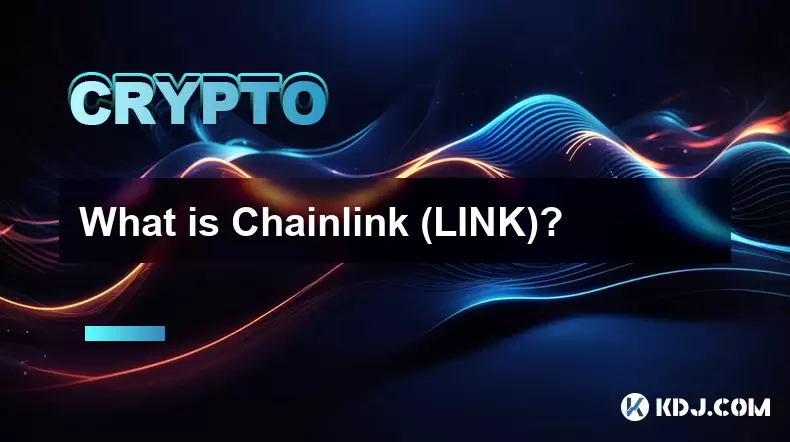
What is Chainlink (LINK)?
Jul 22,2025 at 02:14am
Understanding Chainlink (LINK): The Decentralized Oracle NetworkChainlink is a decentralized oracle network designed to bridge the gap between blockch...
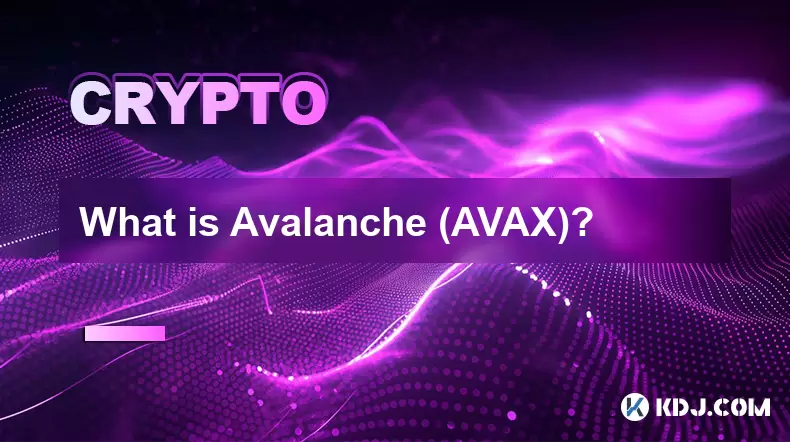
What is Avalanche (AVAX)?
Jul 22,2025 at 08:35am
What is Avalanche (AVAX)?Avalanche (AVAX) is a decentralized, open-source blockchain platform designed to support high-performance decentralized appli...
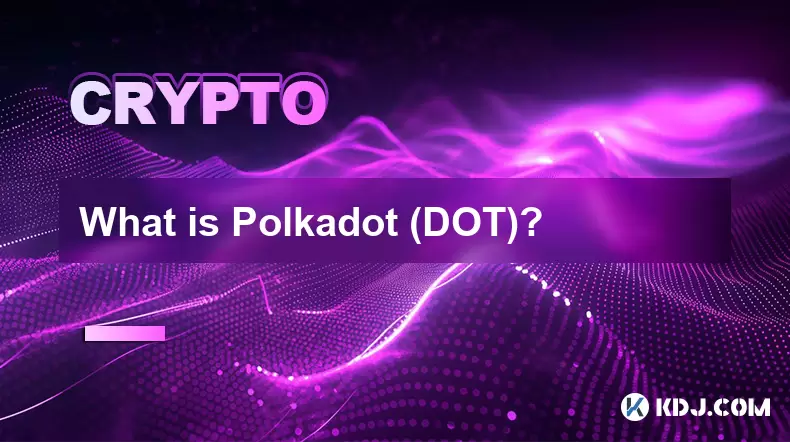
What is Polkadot (DOT)?
Jul 19,2025 at 06:35pm
Understanding the Basics of Polkadot (DOT)Polkadot (DOT) is a multi-chain network protocol designed to enable different blockchains to transfer messag...
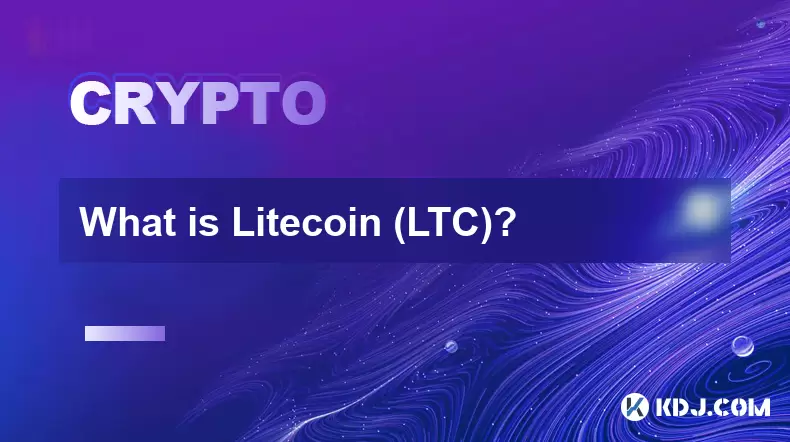
What is Litecoin (LTC)?
Jul 23,2025 at 11:35am
Overview of Litecoin (LTC)Litecoin (LTC) is a peer-to-peer cryptocurrency that was created in 2011 by Charlie Lee, a former Google engineer. It is oft...
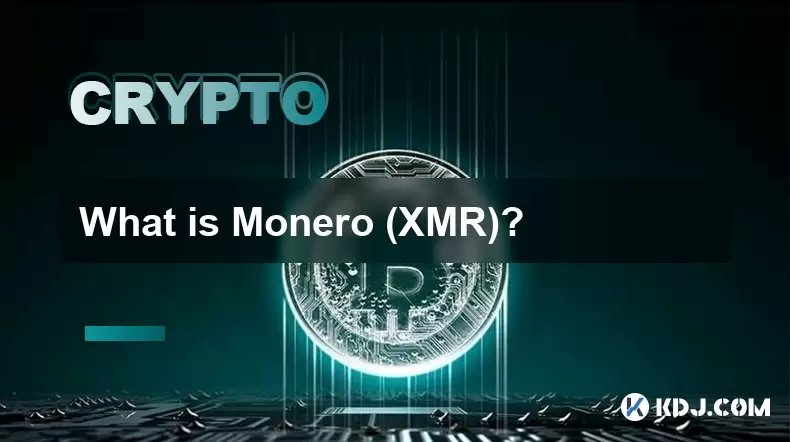
What is Monero (XMR)?
Jul 21,2025 at 10:07am
What is Monero (XMR)?Monero (XMR) is a decentralized cryptocurrency designed to provide enhanced privacy and anonymity for its users. Unlike Bitcoin a...
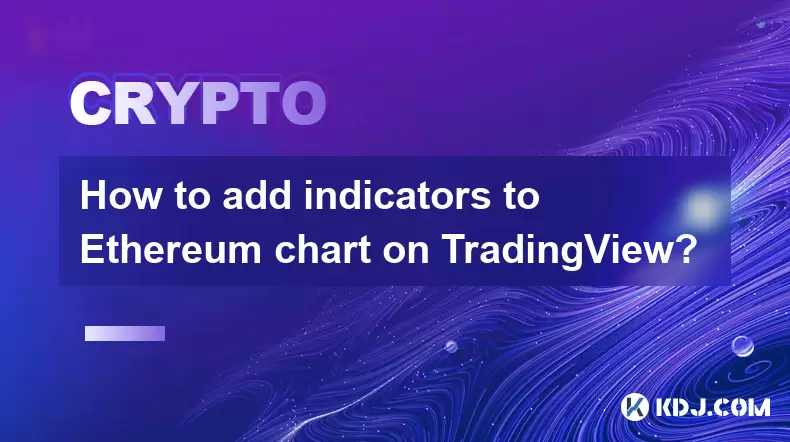
How to add indicators to Ethereum chart on TradingView?
Jul 19,2025 at 07:15am
What Is an Ethereum Chart on TradingView?The Ethereum chart on TradingView is a visual representation of the price movement of Ethereum (ETH) over a s...

What is Chainlink (LINK)?
Jul 22,2025 at 02:14am
Understanding Chainlink (LINK): The Decentralized Oracle NetworkChainlink is a decentralized oracle network designed to bridge the gap between blockch...

What is Avalanche (AVAX)?
Jul 22,2025 at 08:35am
What is Avalanche (AVAX)?Avalanche (AVAX) is a decentralized, open-source blockchain platform designed to support high-performance decentralized appli...

What is Polkadot (DOT)?
Jul 19,2025 at 06:35pm
Understanding the Basics of Polkadot (DOT)Polkadot (DOT) is a multi-chain network protocol designed to enable different blockchains to transfer messag...

What is Litecoin (LTC)?
Jul 23,2025 at 11:35am
Overview of Litecoin (LTC)Litecoin (LTC) is a peer-to-peer cryptocurrency that was created in 2011 by Charlie Lee, a former Google engineer. It is oft...

What is Monero (XMR)?
Jul 21,2025 at 10:07am
What is Monero (XMR)?Monero (XMR) is a decentralized cryptocurrency designed to provide enhanced privacy and anonymity for its users. Unlike Bitcoin a...

How to add indicators to Ethereum chart on TradingView?
Jul 19,2025 at 07:15am
What Is an Ethereum Chart on TradingView?The Ethereum chart on TradingView is a visual representation of the price movement of Ethereum (ETH) over a s...
See all articles





















